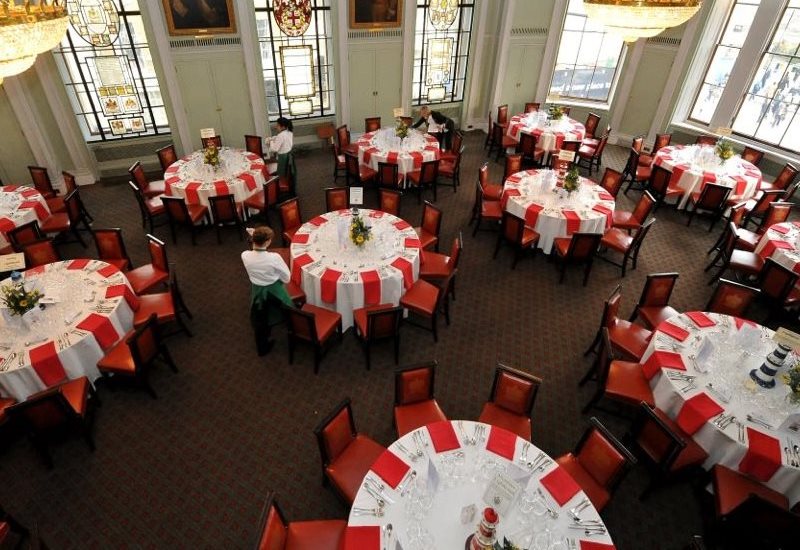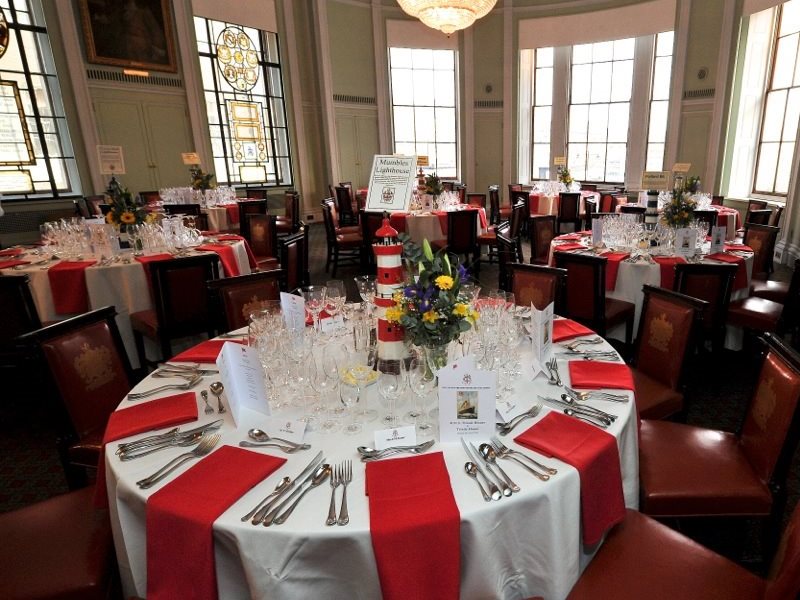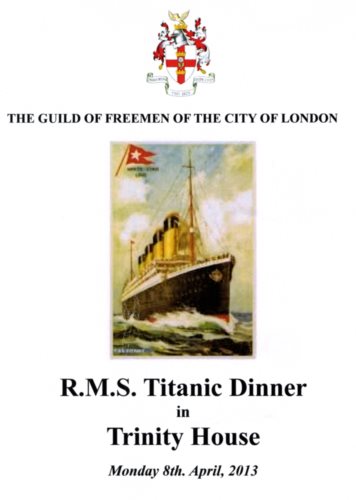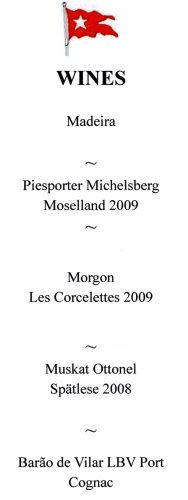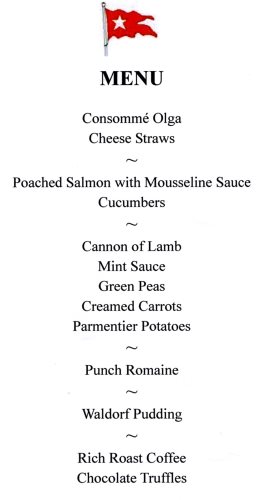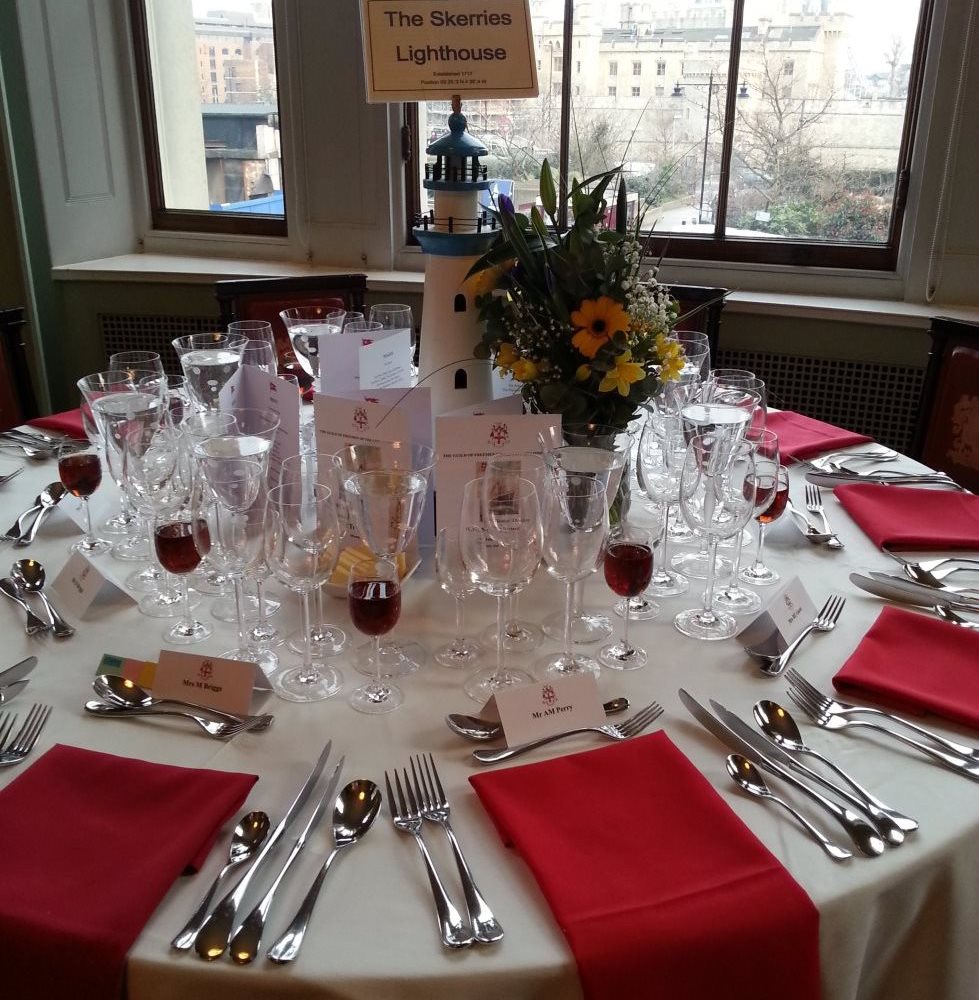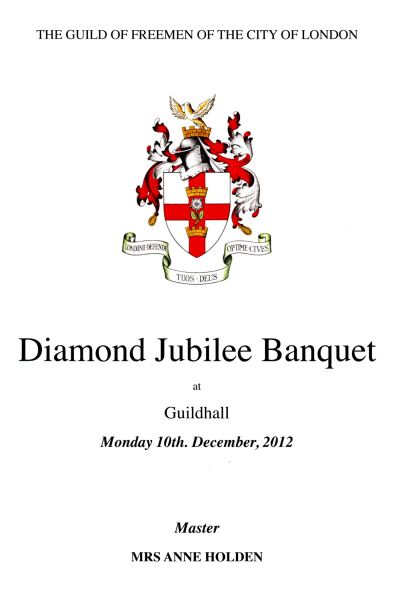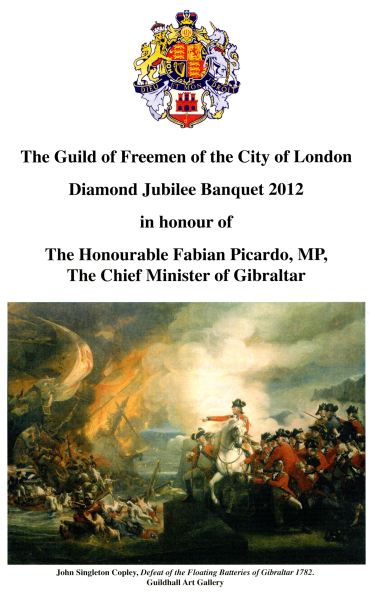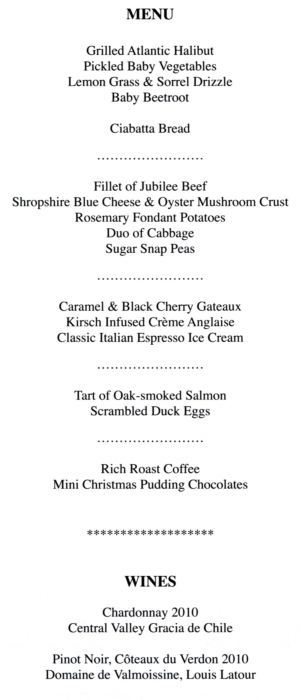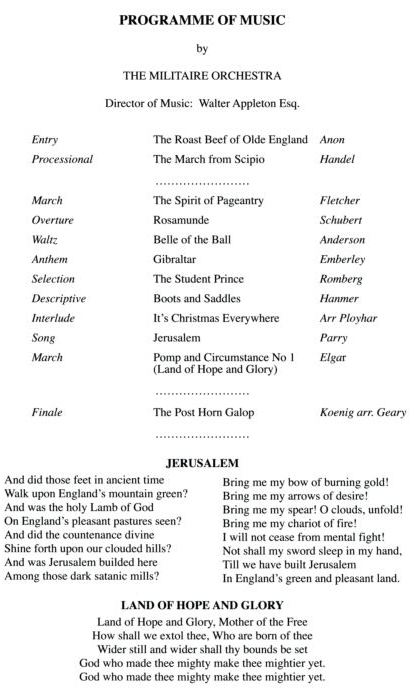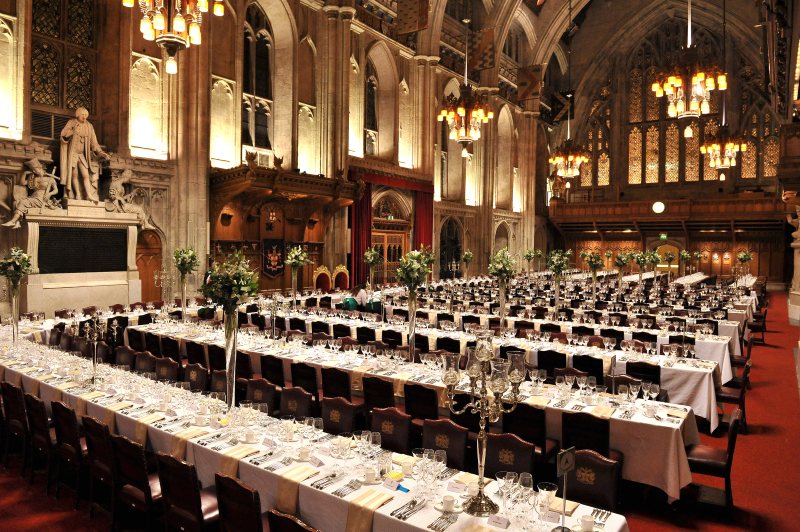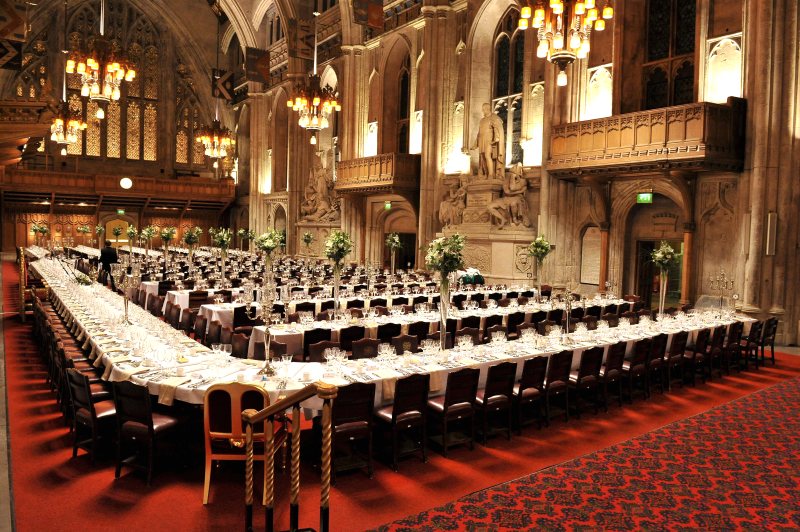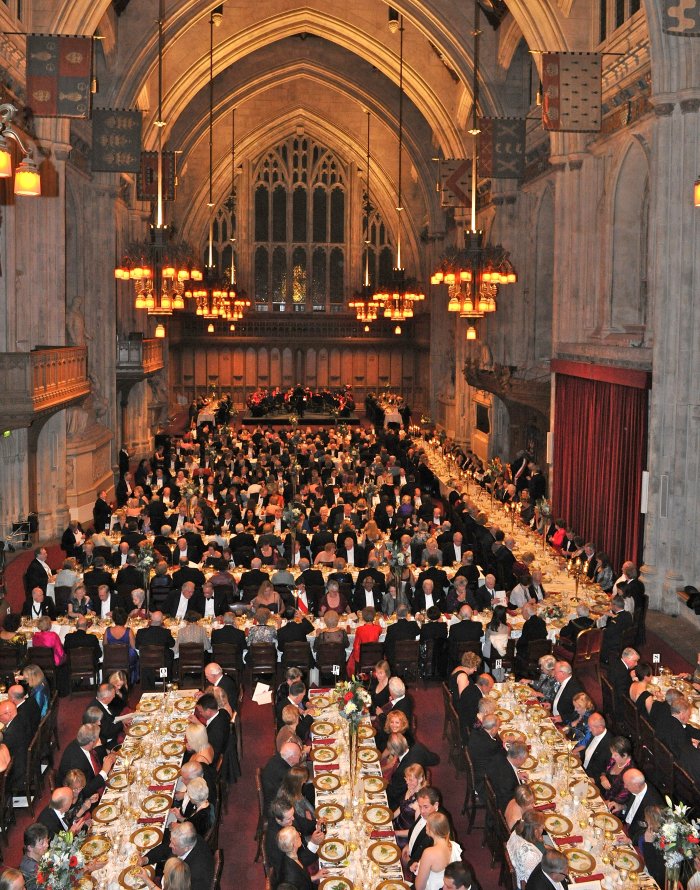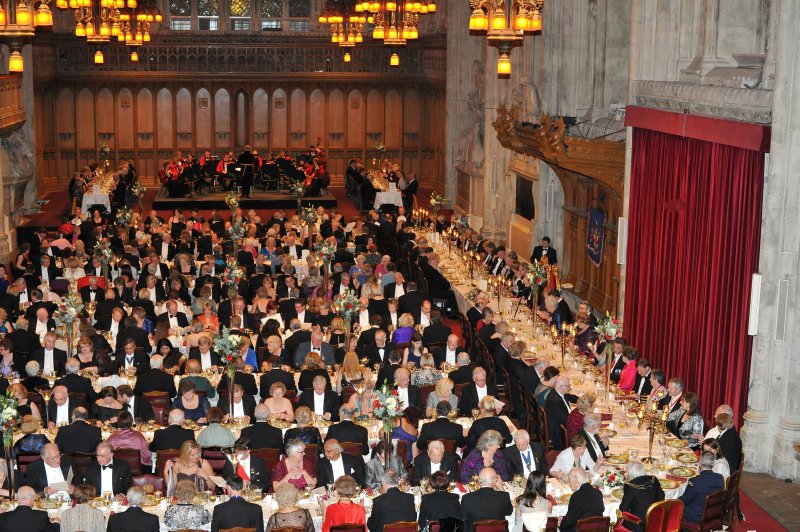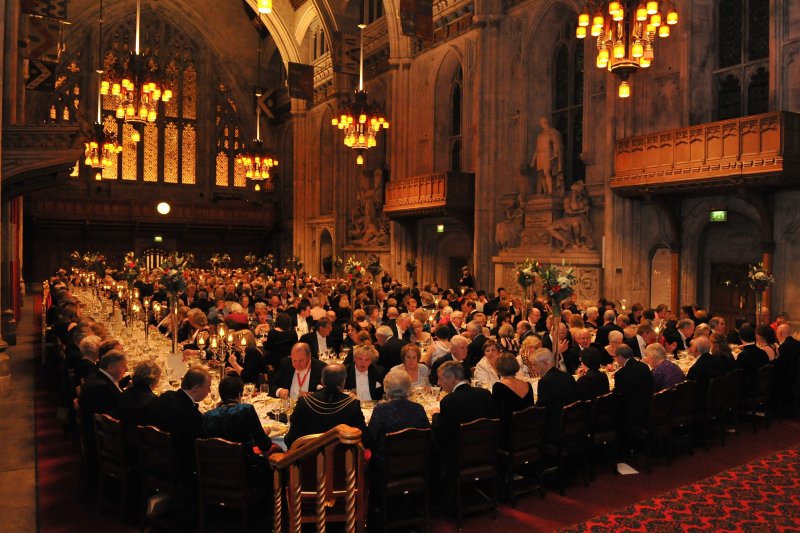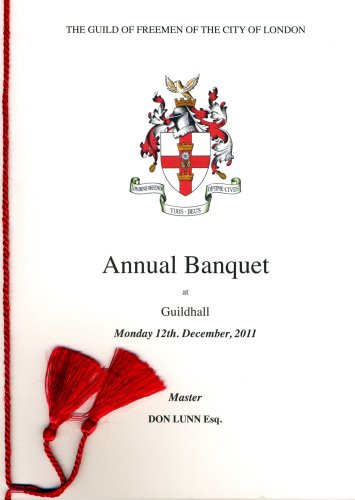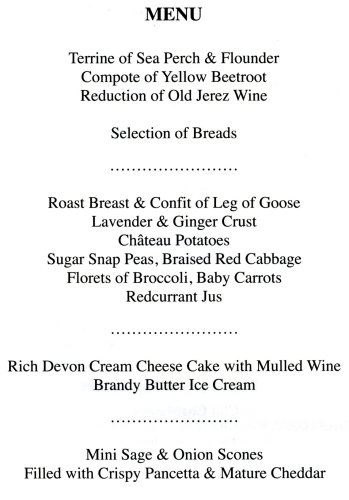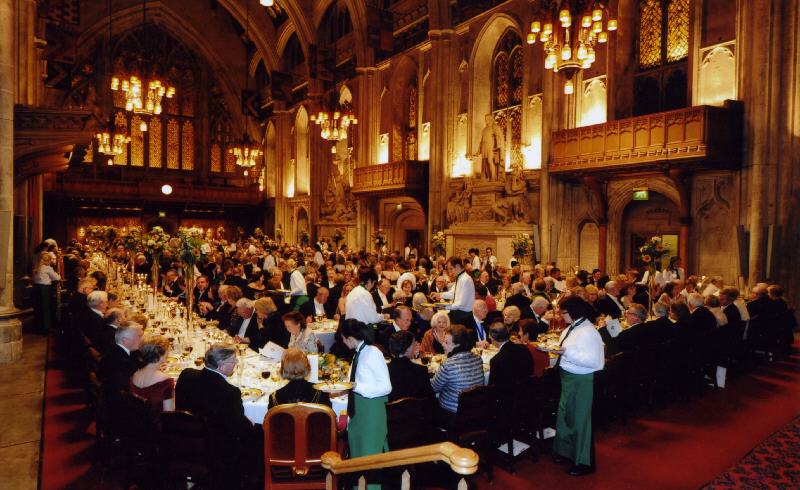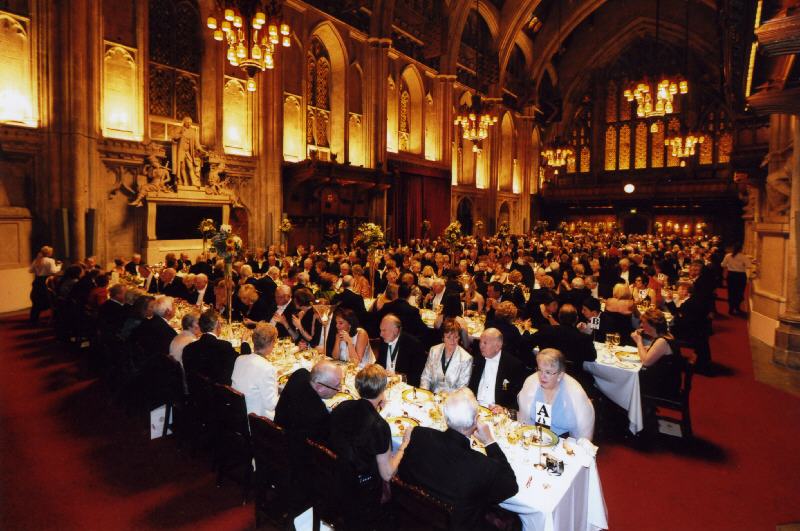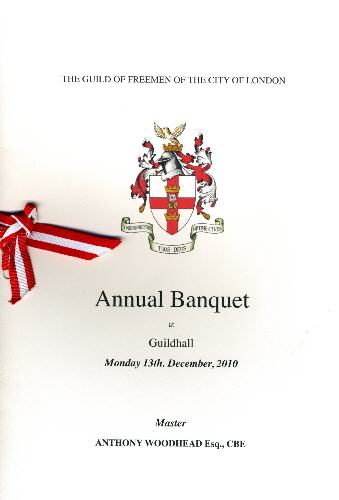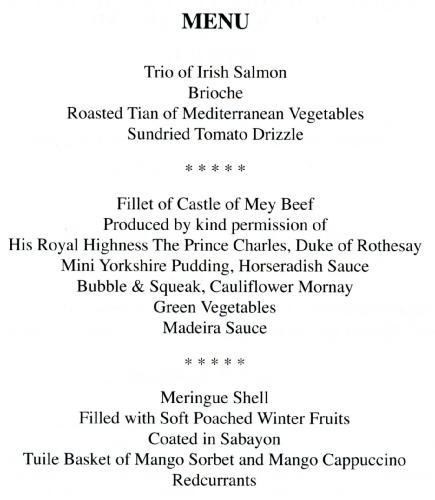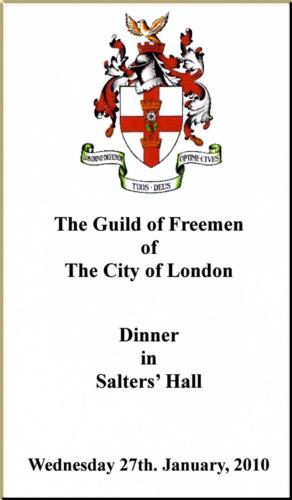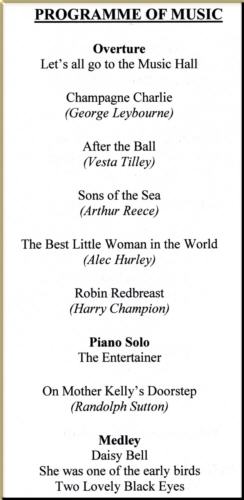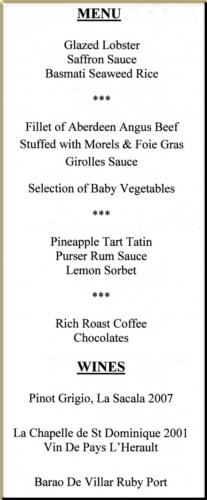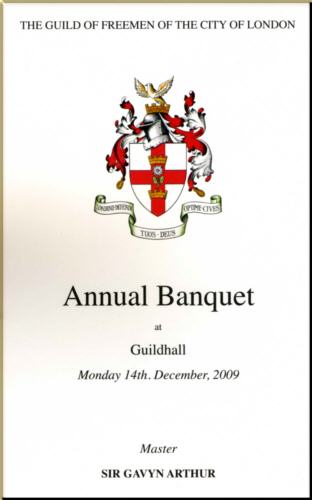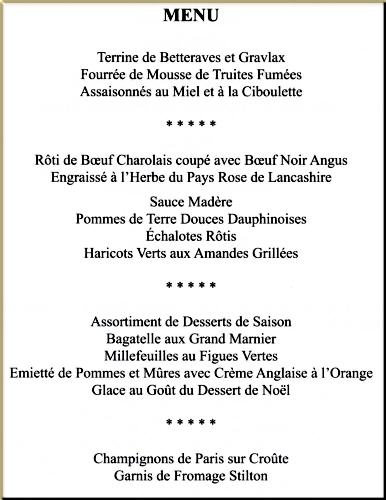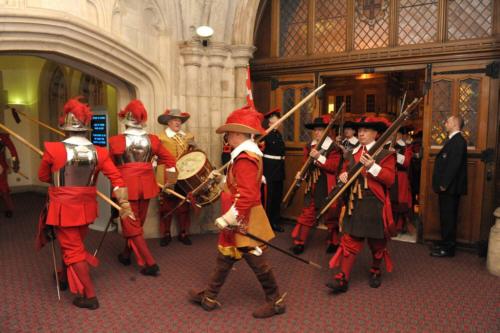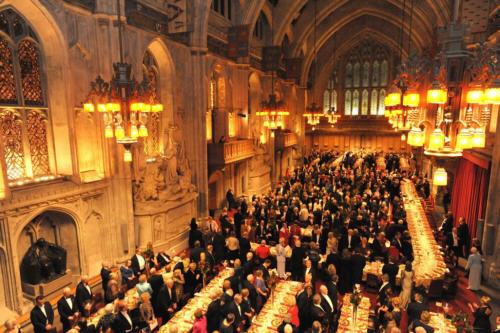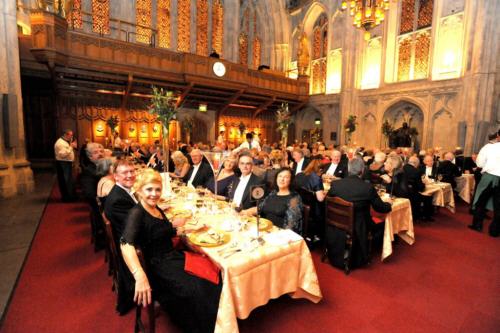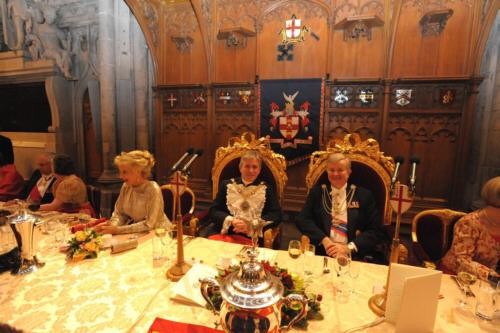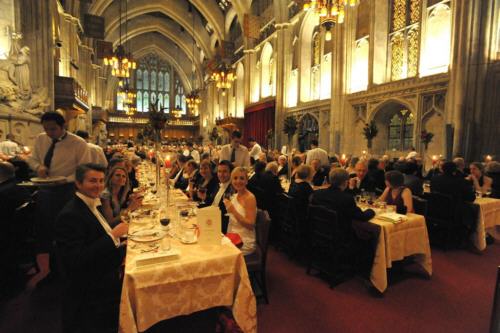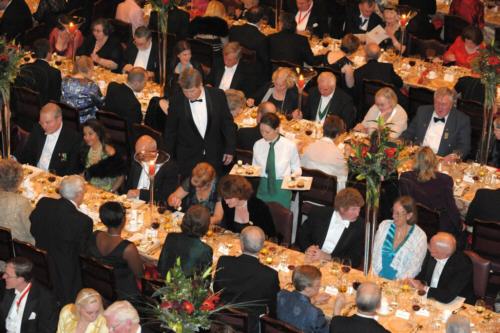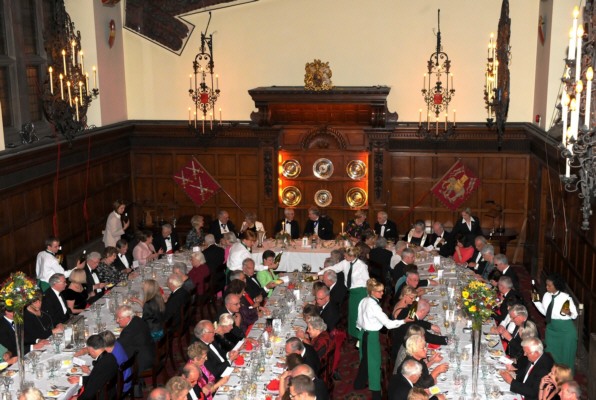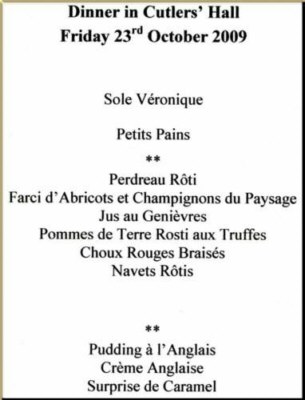
Tel: 020 7620 1818 email: cookandbutler@btconnect.com
The Guild of Freemen of the City of London
www.guild-freemen-london.co.uk
The Guildhall Golfing Society, 100th Anniversary Dinner
January 17th 2025, The Crypts, Guildhall, London
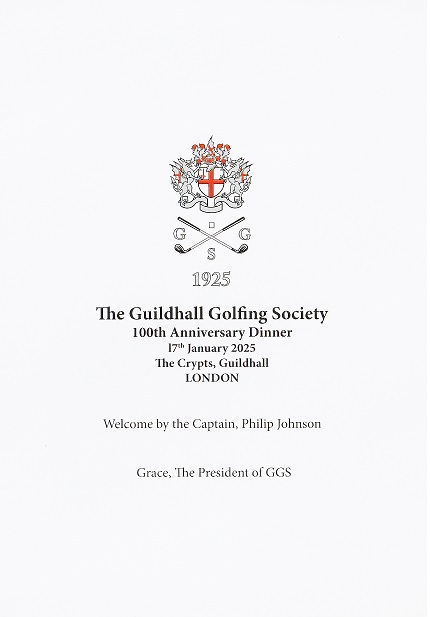
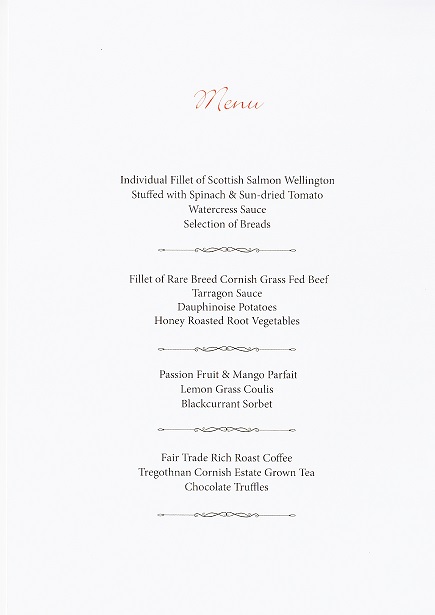

Glasgow In London Dinner, The Old Library, Guildhall, London
September 10th 2024
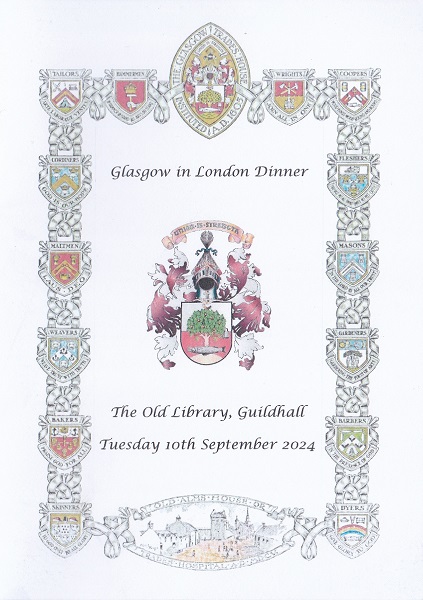

Annual Banquet
1st December 2023, Guildhall, London EC3
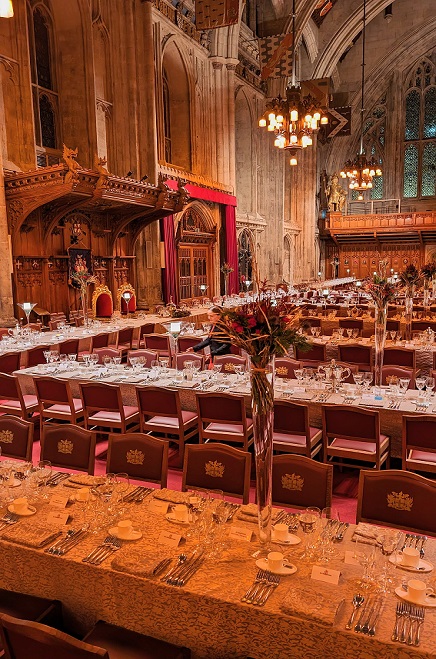
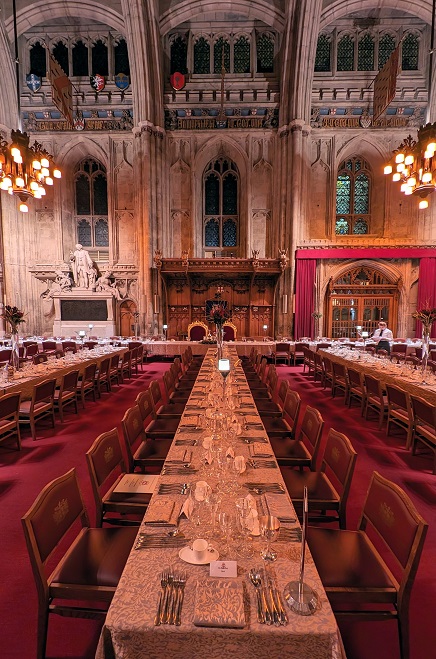
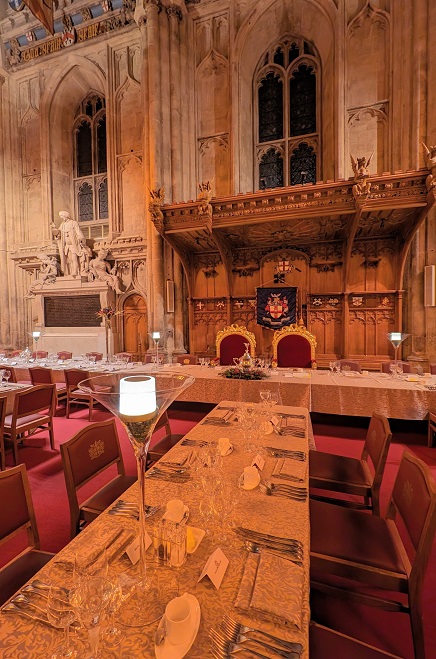
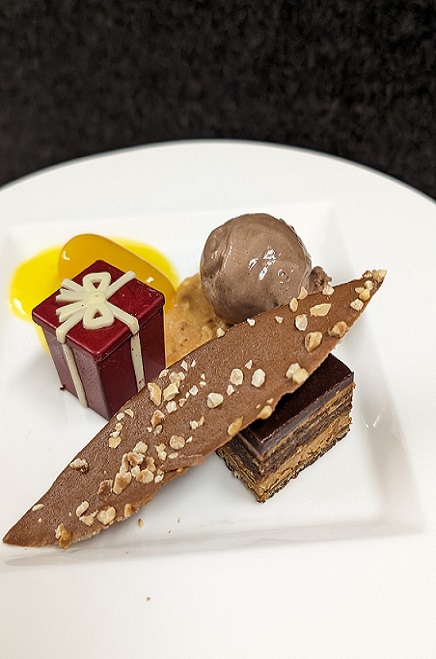
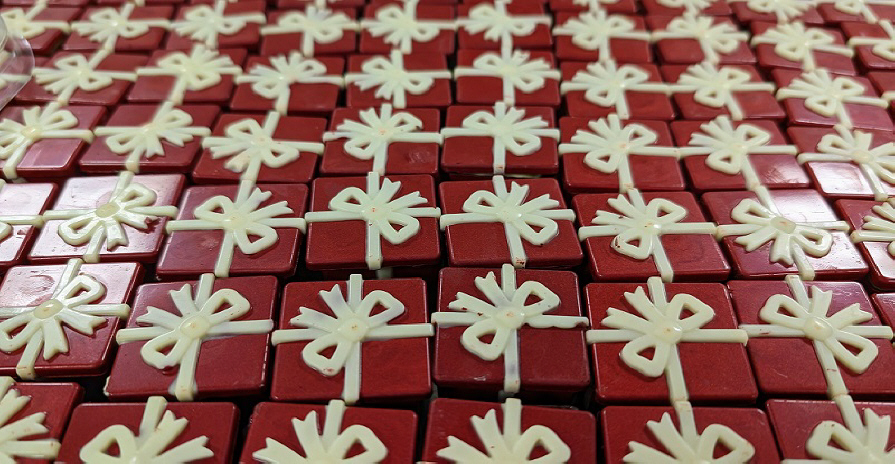
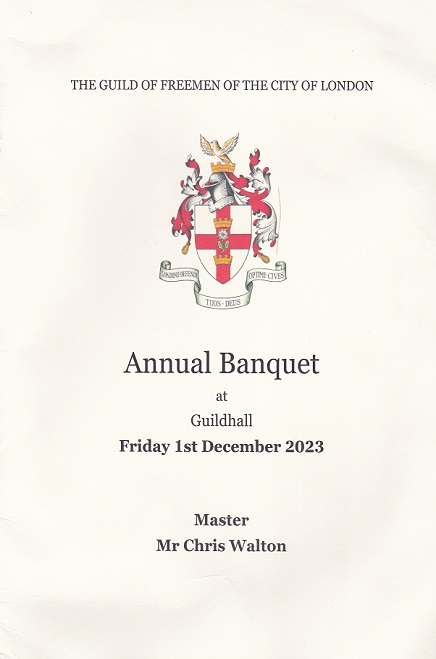
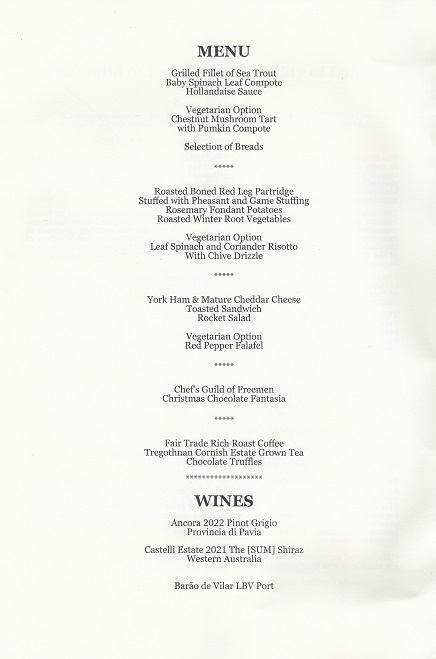
Glasgow In London Dinner, The Old Library, Guildhall, London
September 2023
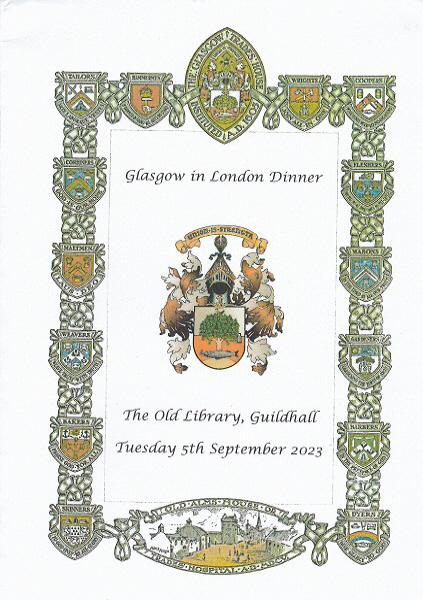
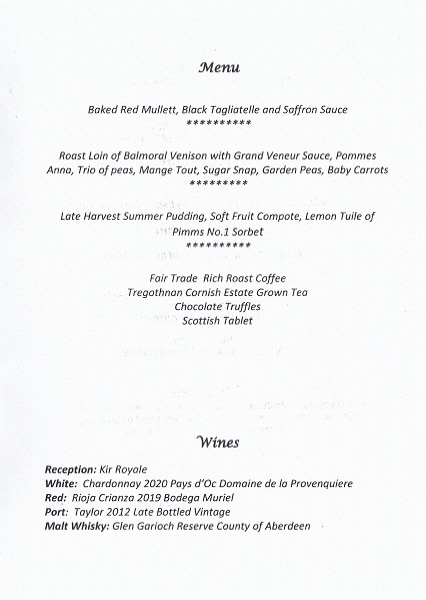
Annual Banquet at Guildhall, London
December 2022
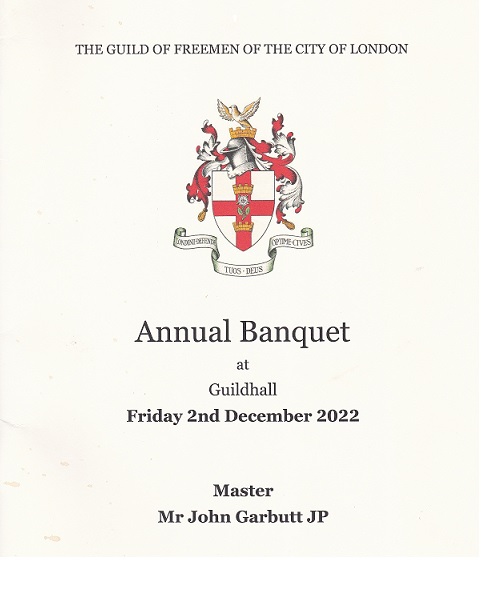
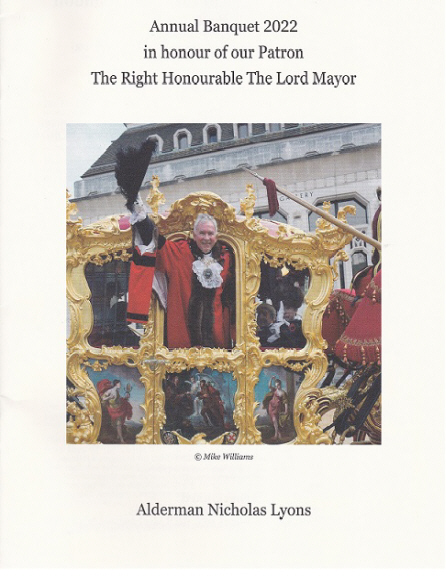
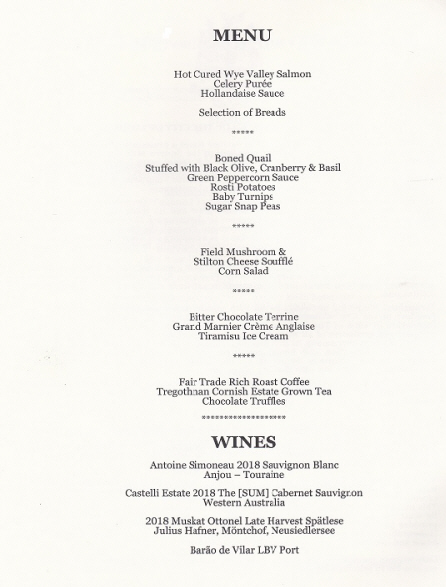
Annual Banquet at Guildhall, London
December 1st 2021
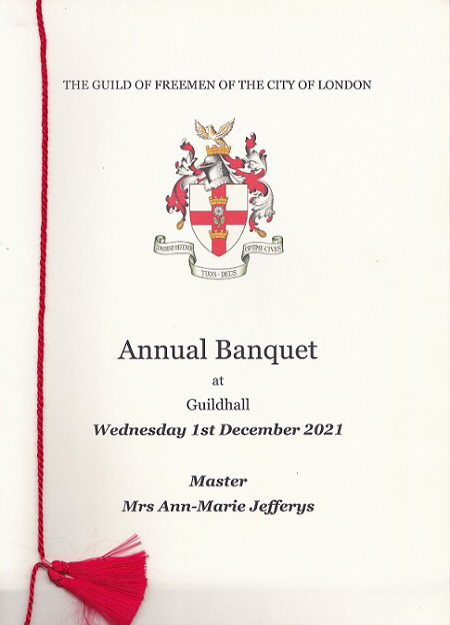
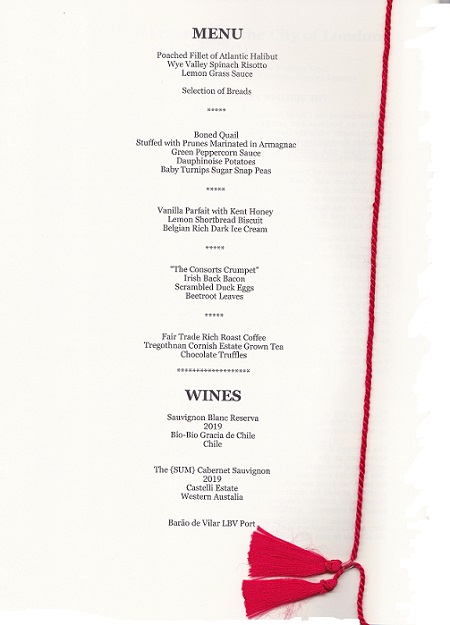
Annual Banquet at Guildhall, London
December 2017
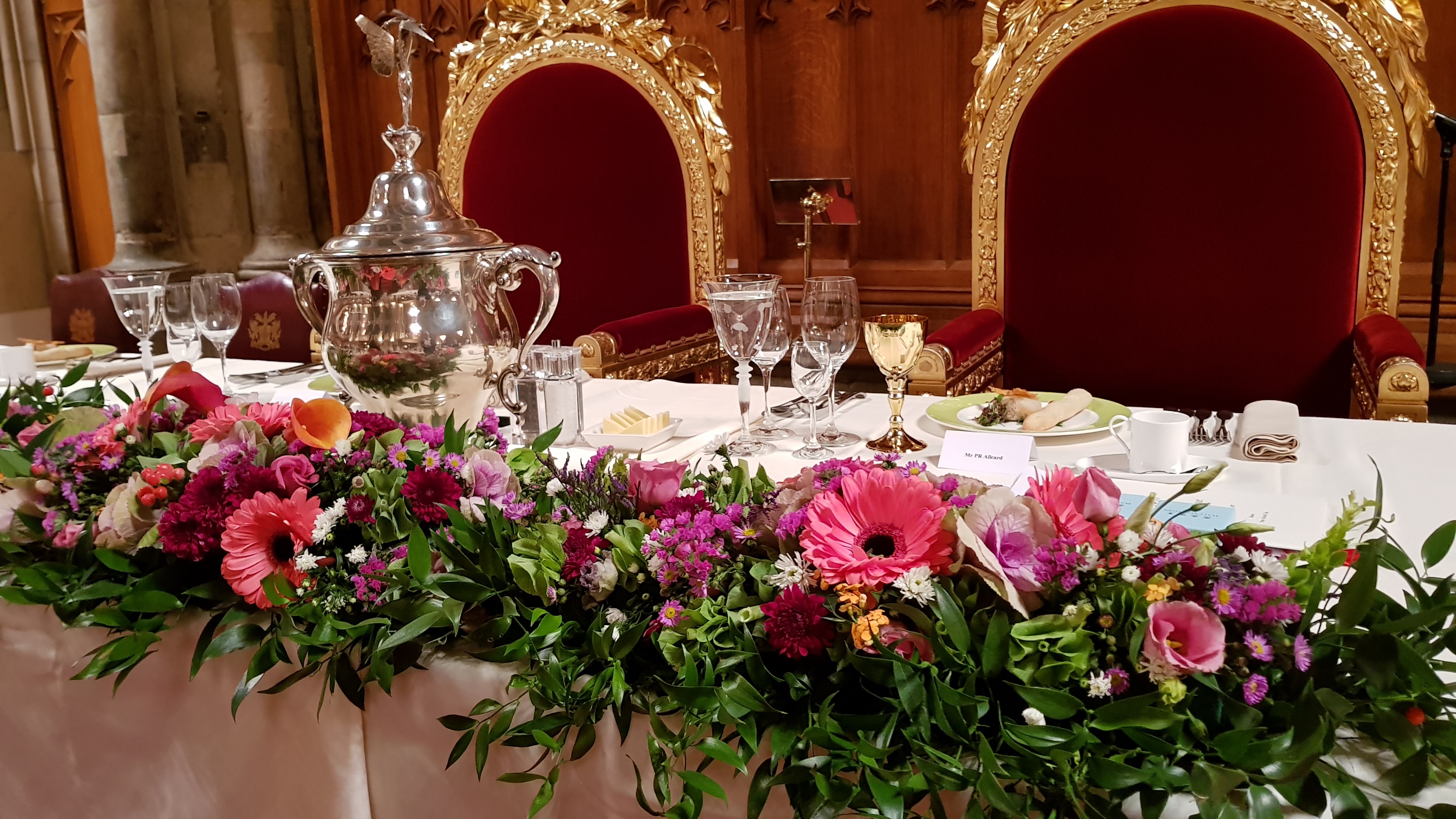
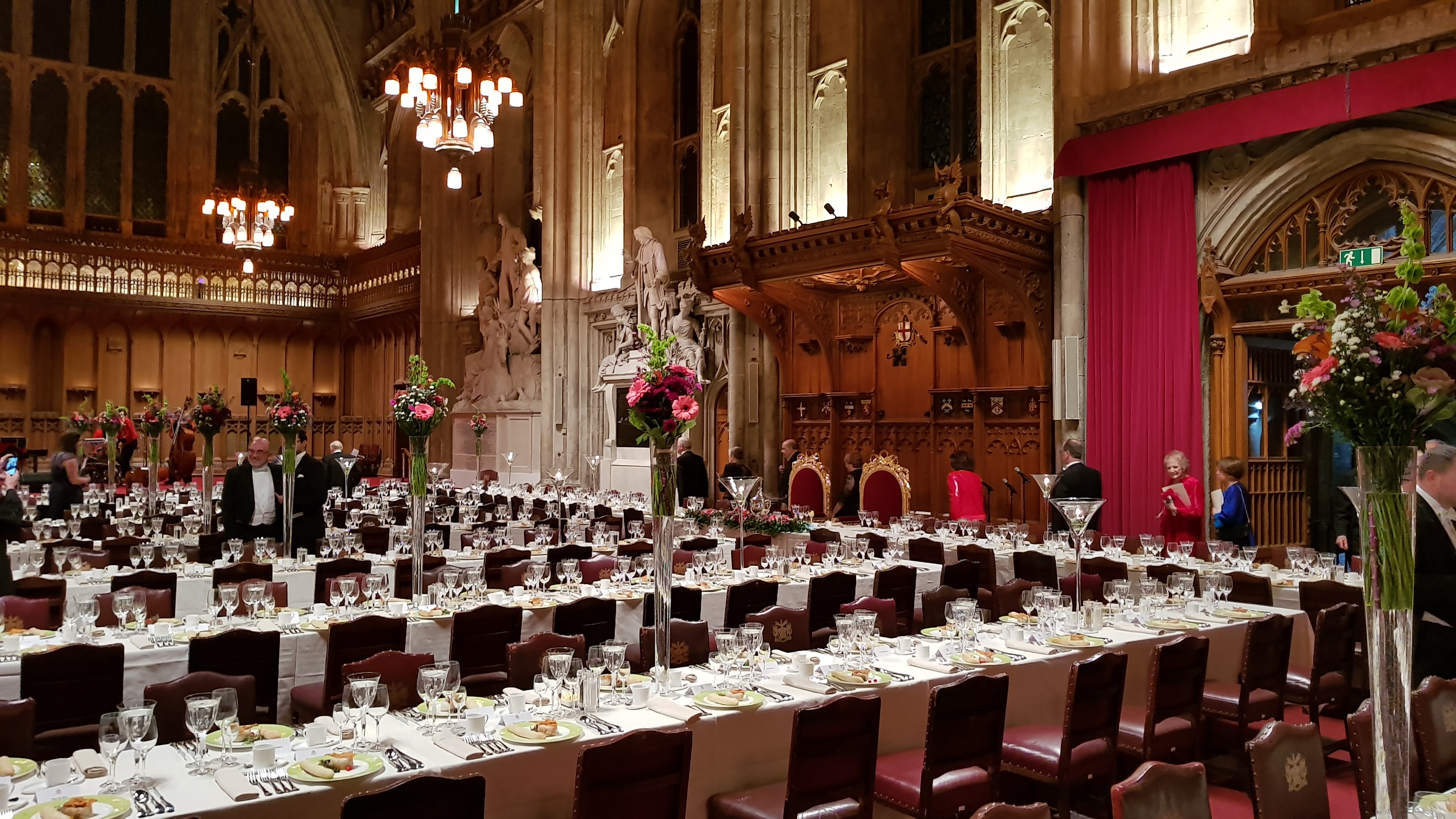
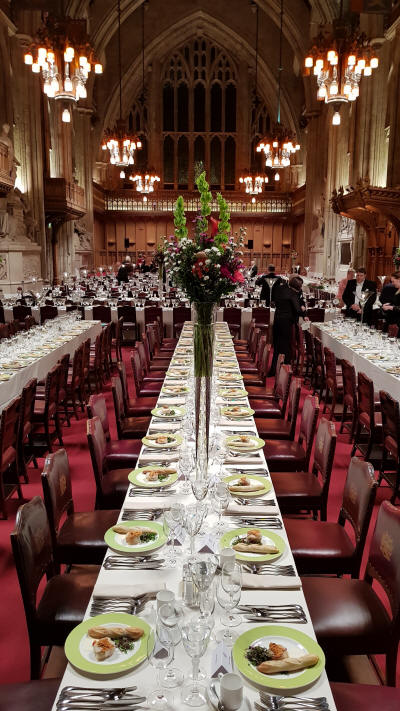
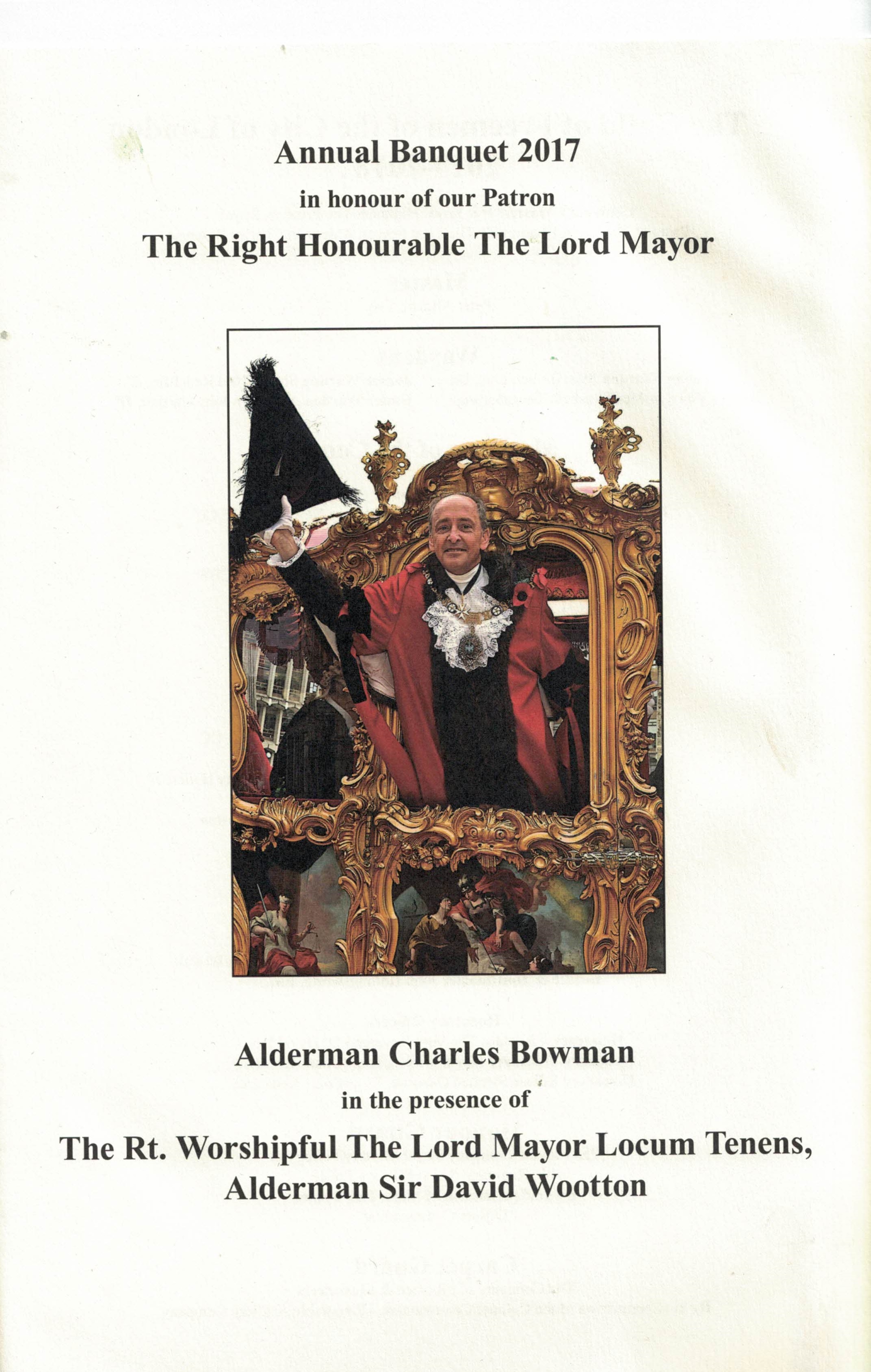
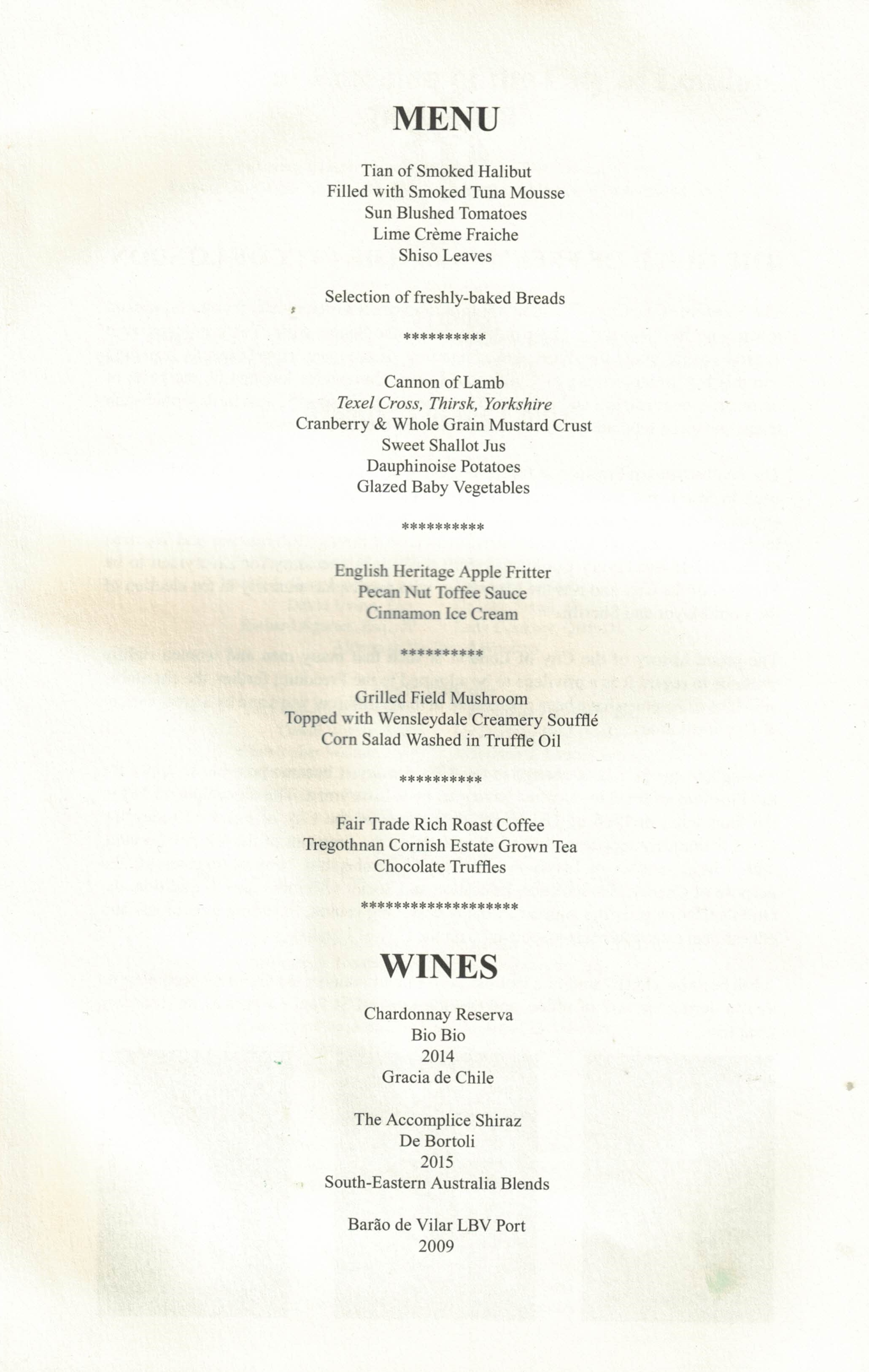

Annual Banquet at Guildhall, London
December 2016
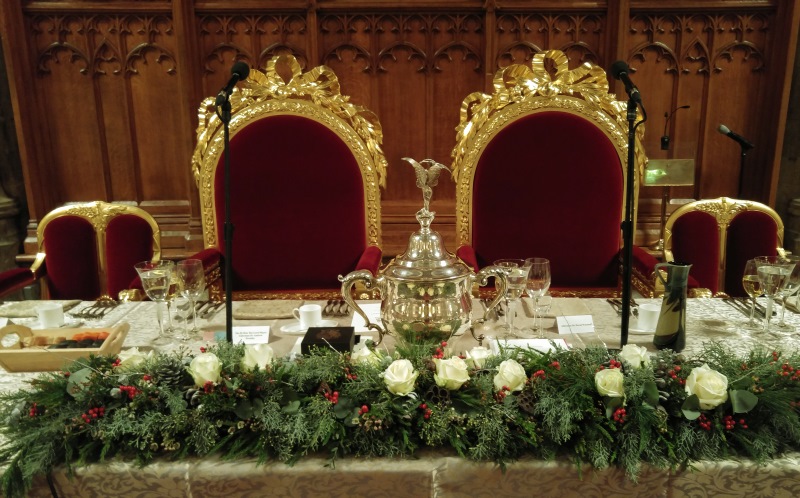

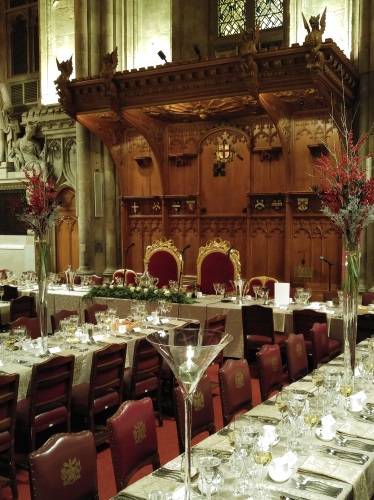
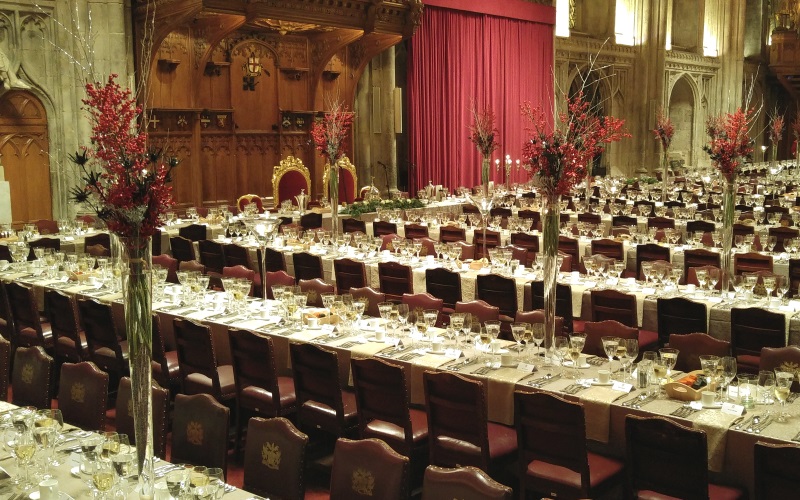
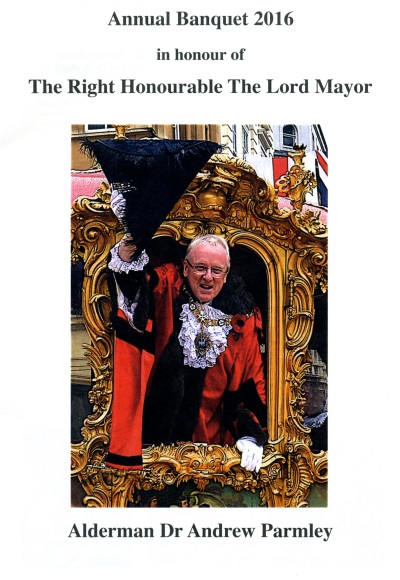
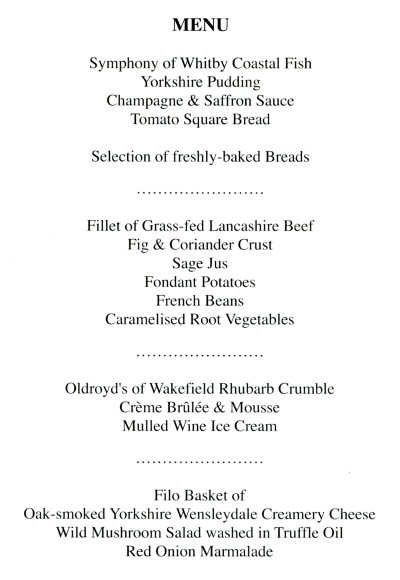

Dinner at Girdlers' Hall, London
April 2016

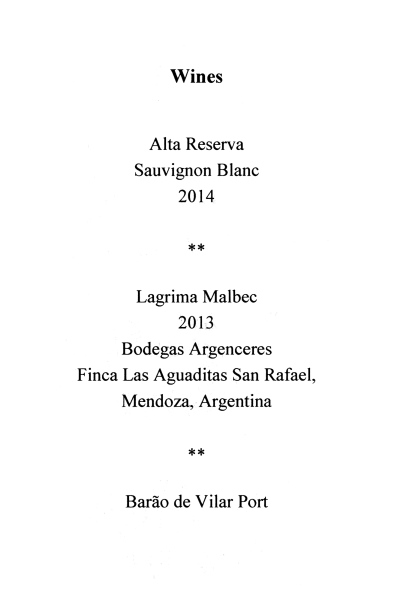

Annual Banquet at Guildhall, London
December 2015
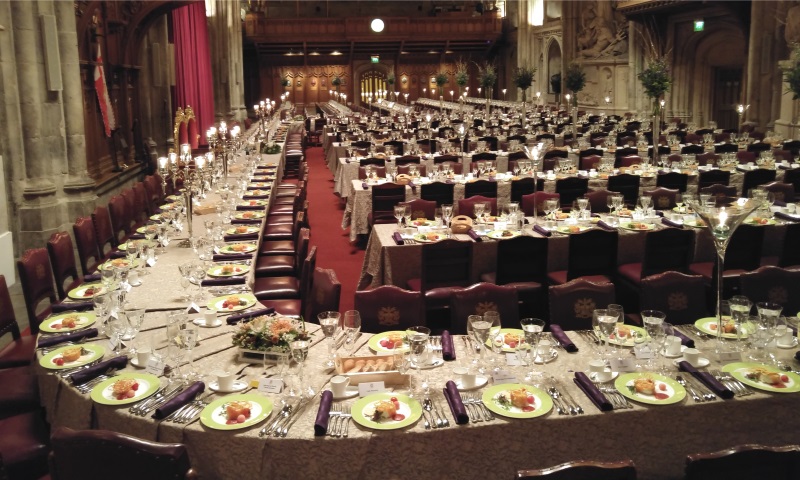
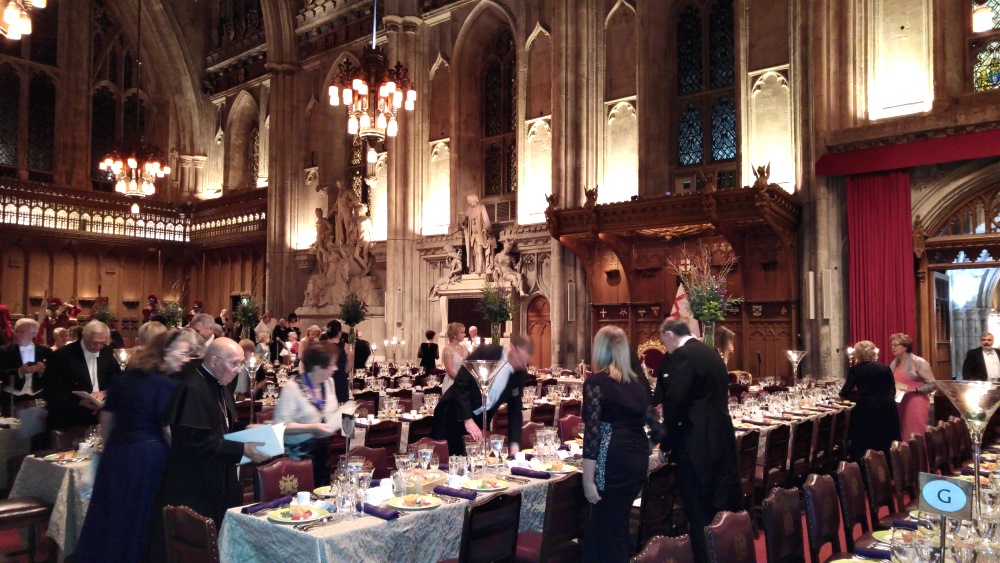
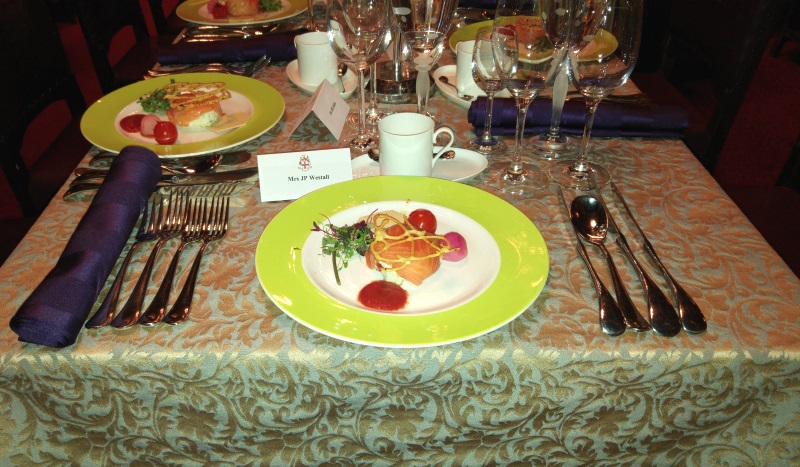

Dinner at Wax Chandlers' Hall
October 2015
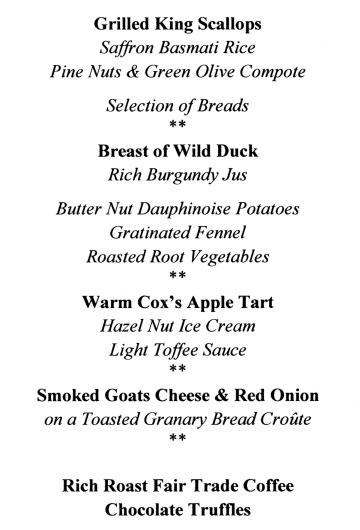
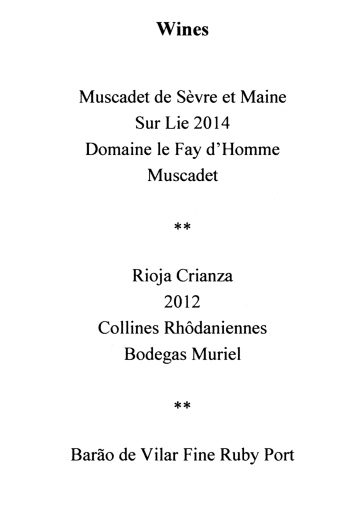

Dinner to Commemorate the
600th Anniversary of the Battle of Agincourt
September 2105, Armourers' Hall, City of London
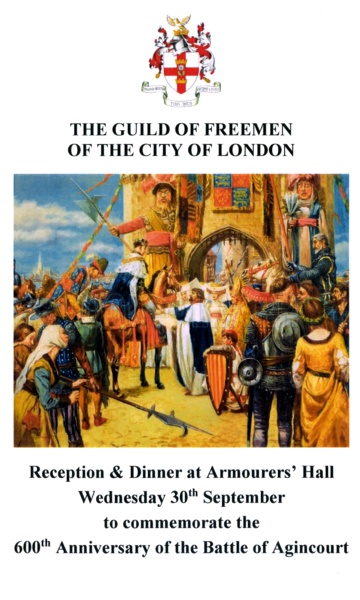
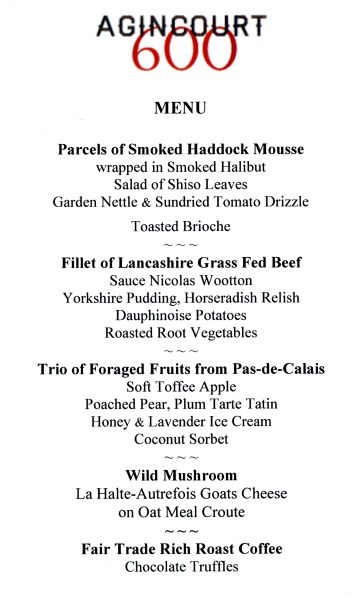

Burns Night Supper
January 2015, Carpenters' Hall, London
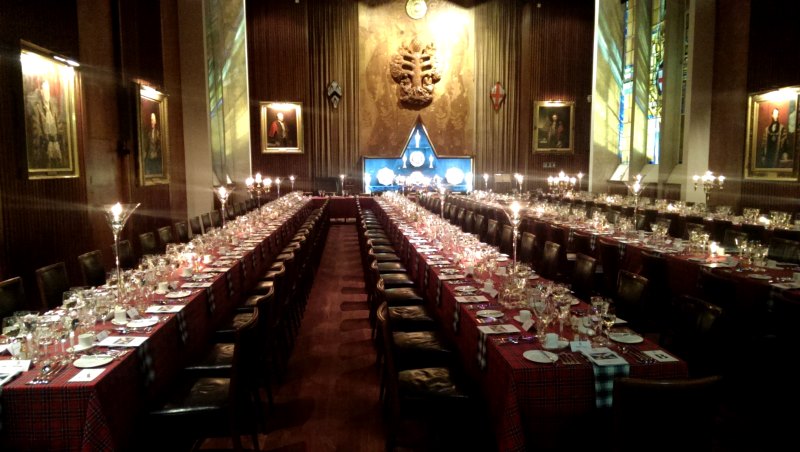
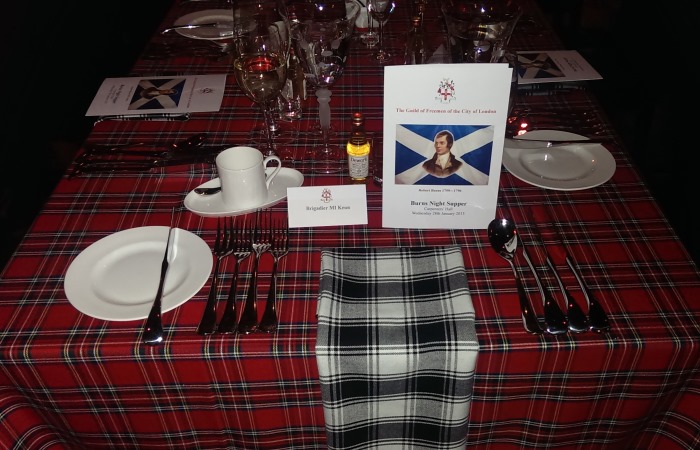
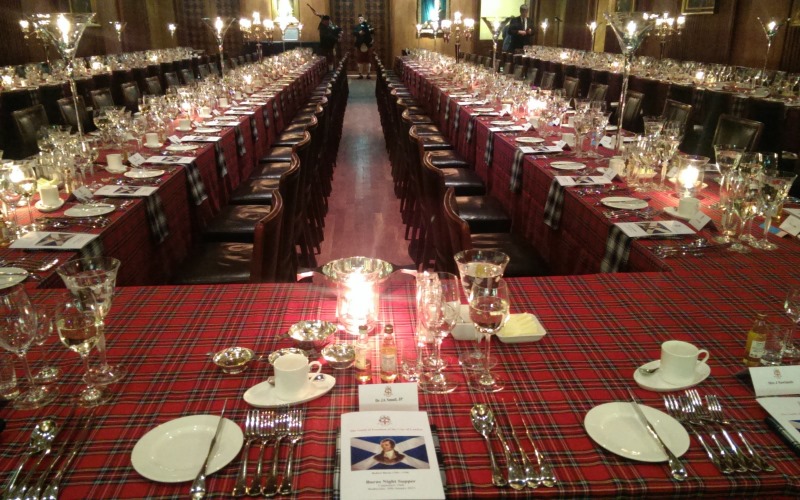
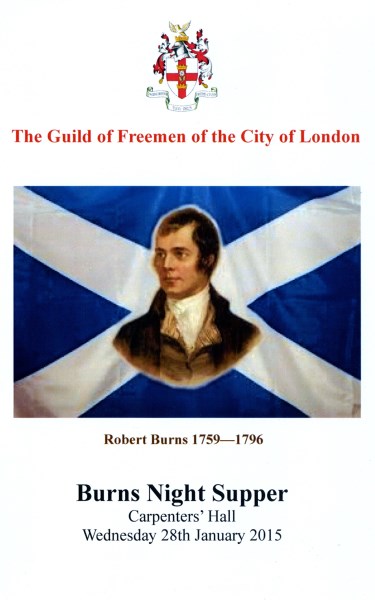
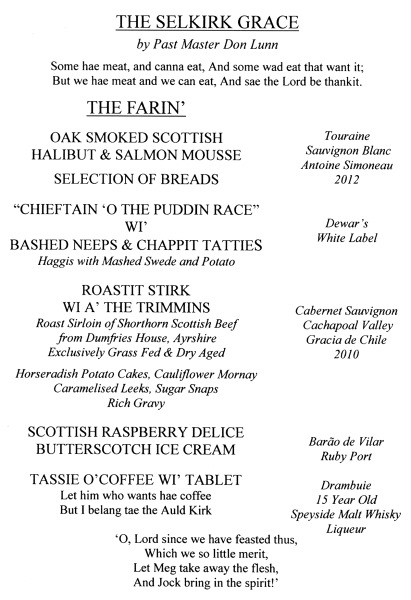

Annual Banquet at Guildhall, London
December 2014
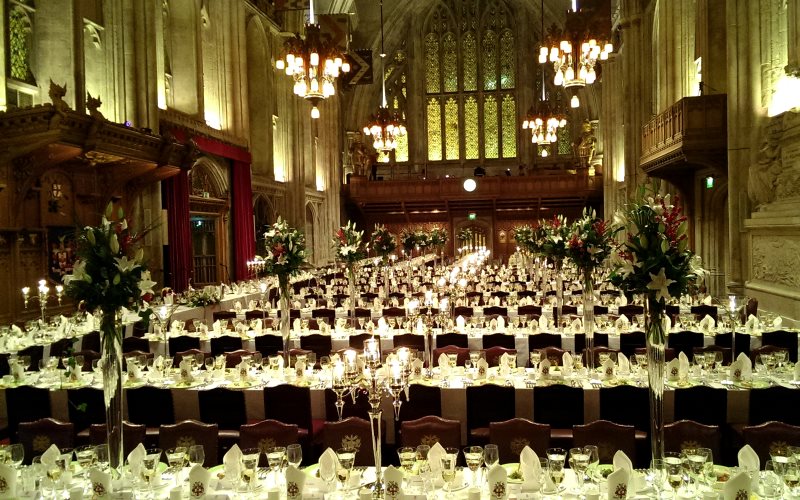
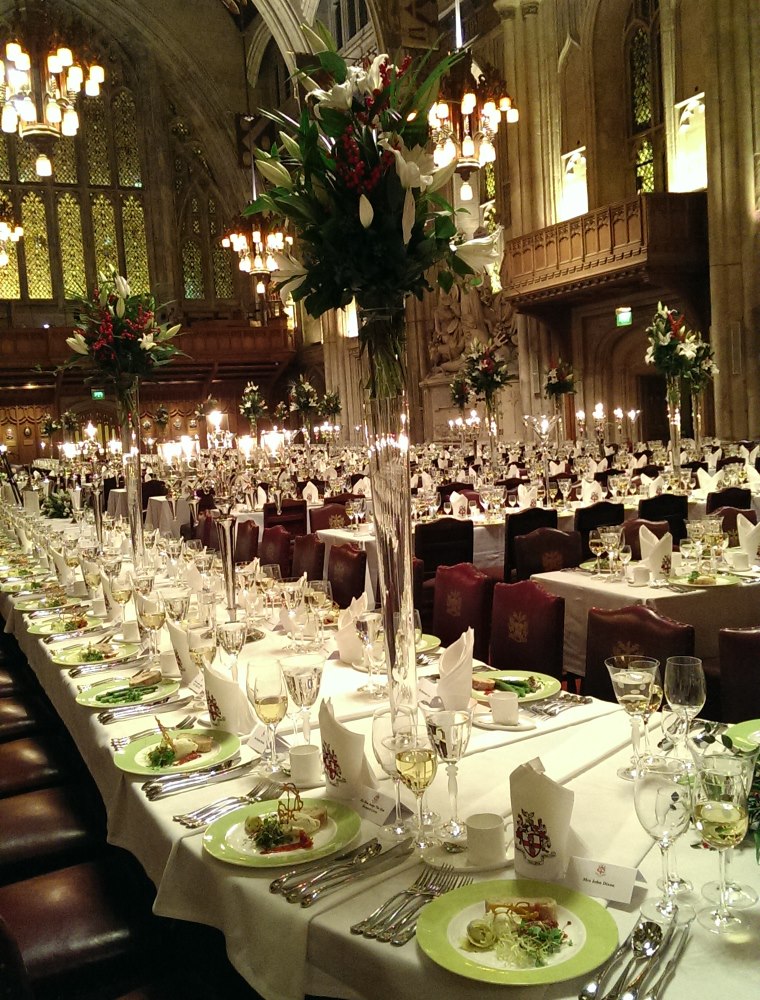
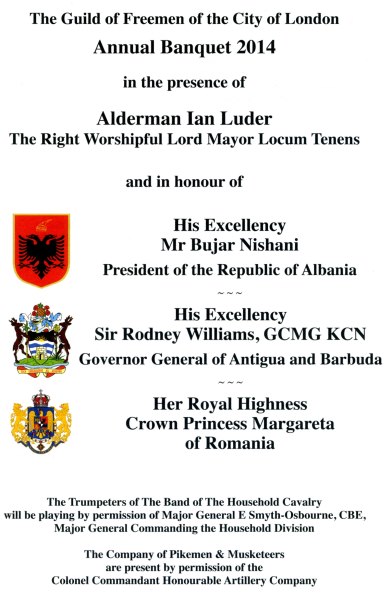
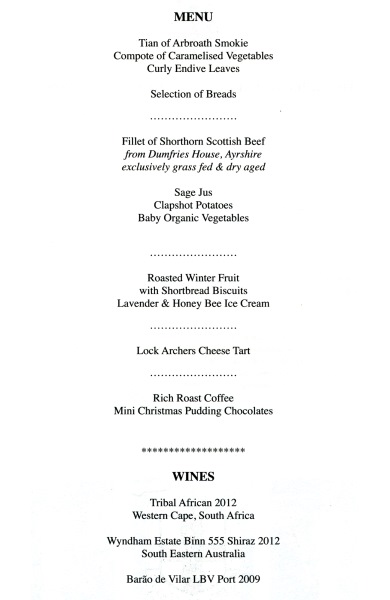
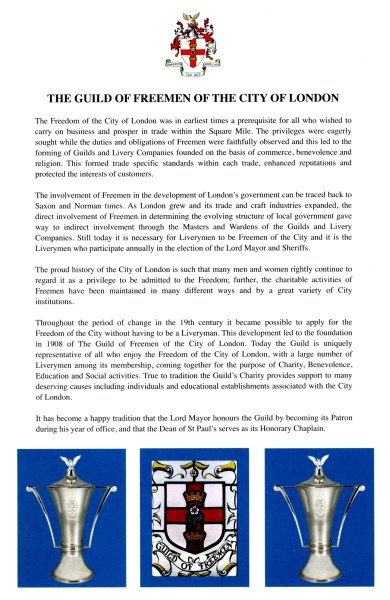
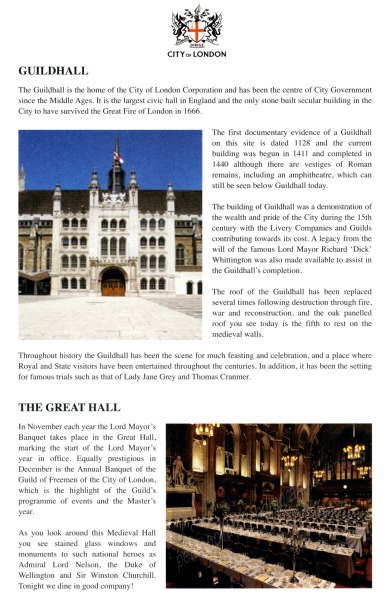
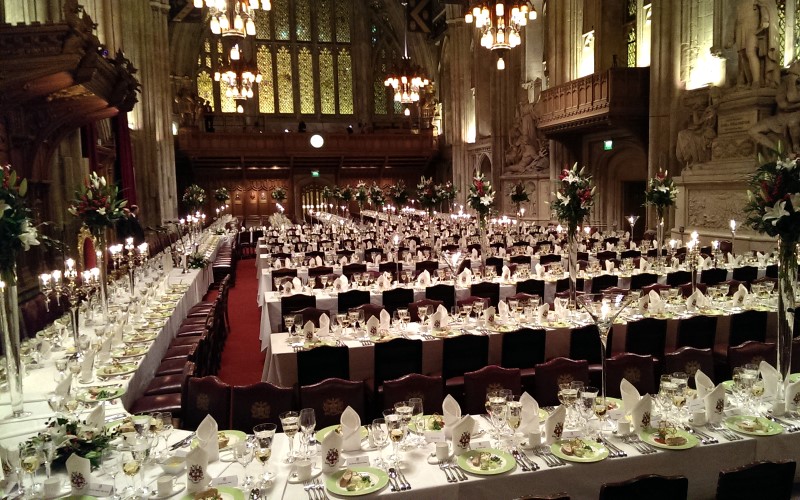

The Guild of Freemen of the City of London
The Freedom of the City of London was in earliest times a
prerequisite for all who wished to carry on business and prosper in trade
within the Square Mile. The privileges were eagerly sought while the duties
and obligations of Freemen were faithfully observed and this led to the
forming of Guilds and Livery Companies founded on the basis of commerce,
benevolence and religion. This formed trade specific standards within each
trade, enhanced reputations and protected the interests of customers.
The involvement of Freemen in the development of London's government can be
traced back to Saxon and Norman times. As London grew and its trade and
craft industries expanded, the direct involvement of Freemen in determining
the evolving structure of local government gave way to indirect involvement
through the Masters and Wardens of the Guilds and Livery Companies. Still
today it is necessary for Liverymen to be Freemen of the City and it is the
Liverymen who participate annually in the election of the Lord Mayor and
Sheriffs.
The proud history of the City of London is such that many men and women
rightly continue to regard it as a privilege to be admitted to the Freedom;
further, the charitable activities of Freemen have been maintained in many
different ways and by a great variety of City institutions.
Throughout the period of change in the 19th century it became possible to
apply for the Freedom of the City without having to be a Liveryman. This
development led to the foundation in 1908 of The Guild of Freemen of the
City of London. Today the Guild is uniquely representative of all who enjoy
the Freedom of the City of London, with a large number of Liverymen among
its membership, coming together for the purpose of Charity, Benevolence,
Education and Social activities. True to tradition the Guild's Charity
provides support to many deserving causes including individuals and
educational establishments associated with the City of London.
It has become a happy tradition that the Lord Mayor honours the Guild by
becoming its Patron during his year of office, and that the Dean of St
Paul's serves as its Honorary Chaplain.

Guildhall
The Guildhall is the home of the City of London
Corporation and has been the centre of City Government since the Middle
Ages. It is the largest civic hall in England and the only stone built
secular building in the City to have survived the Great Fire of London in
1666.
The first documentary evidence of a Guildhall on this site is dated 1128 and
the current building was begun in 1411 and completed in 1440 although there
are vestiges of Roman remains, including an amphitheatre, which can still be
seen below Guildhall today.
The building of Guildhall was a demonstration of the wealth and pride of the
City during the 15th century with the Livery Companies and Guilds
contributing towards its cost. A legacy from the will of the famous Lord
Mayor Richard 'Dick' Whittington was also made available to assist in the
Guildhall's completion.
The roof of the Guildhall has been replaced several times following
destruction through fire, war and reconstruction, and the oak panelled roof
you see today is the fifth to rest on the medieval walls.
Throughout history the Guildhall has been the scene for much feasting and
celebration, and a place where Royal and State visitors have been
entertained throughout the centuries. In addition, it has been the setting
for famous trials such as that of Lady Jane Grey and Thomas Cranmer.
The Great Hall
In November each year the Lord Mayor's Banquet takes place
in the Great Hall, marking the start of the Lord Mayor's year in office.
Equally prestigious in December is the Annual Banquet of the Guild of
Freemen of the City of London, which is the highlight of the Guild's
programme of events and the Master's year.
As you look around this Medieval Hall you see stained glass windows and
monuments to such national heroes as Admiral Lord Nelson, the Duke of
Wellington and Sir Winston Churchill. Tonight we dine in good company!

Supper in Lauderdale House
May 2014
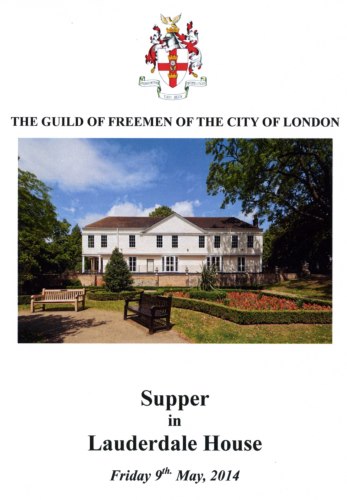
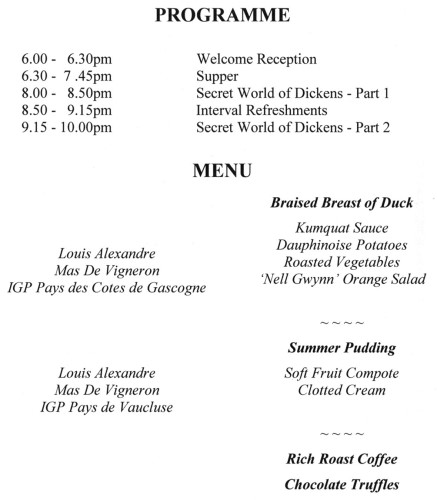
LAUDERDALE HOUSE
Built in 1582 for Sir Richard Martin. the Master of the
Mint and 3 times Lord Mayor of London the house v as lived in by various
individuals until Mary, Dowager Countess of Home bequeathed it to her
daughter Anne, wife of the Scottish Royalist John Maitland, the Earl of
Lauderdale - hence its name.
In 1649 Lady Lauderdale gave the house to John Ireton, brother of Cromwell's
son-in-law, General Henry Ireton, who lived there until the Restoration. It
was then returned to Lady Lauderdale, whose husband was a member of the
Cabal and therefore a key advisor to Charles II who allowed the King's
mistress, Nell Gwynn, to live there.
Changing hands many times, Lauderdale House's last private owner, Sir Sydney
Waterlow, who was Lord Mayor of London in 1872-3, leased it to St
Bartholomew's Hospital as a convalescent home. By 1883 the house lay empty,
so in 1889 Sir Sydney gave it and its grounds to the London County Council
"for the enjoyment of Londoners".
The 29 acres of land became a public park and the house a tearoom until a
fire in 1963 destroyed much of the interior. It lay derelict until the local
community established the Lauderdale House Society, the charity which now
runs the house. In 1978 it was opened by Yehudi Menuhin as an arts and
education centre.

Annual Banquet at Guildhall, London
December 2013
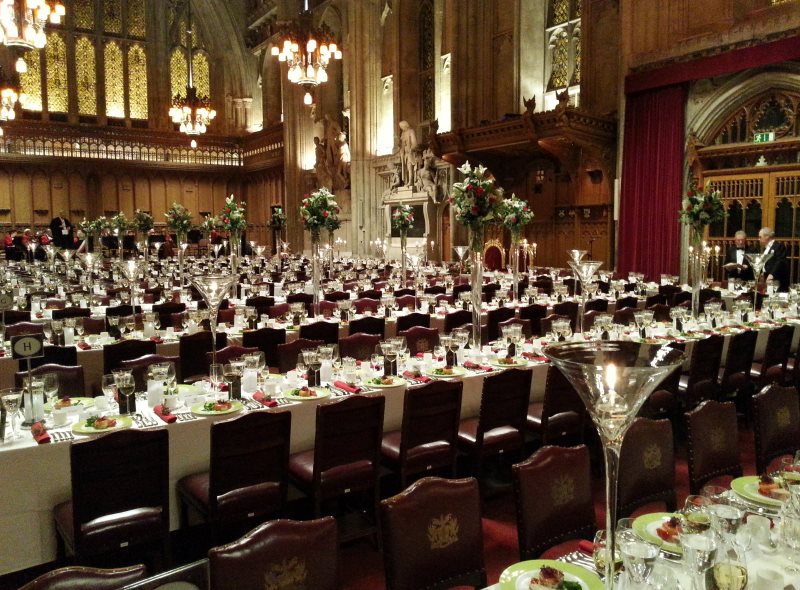
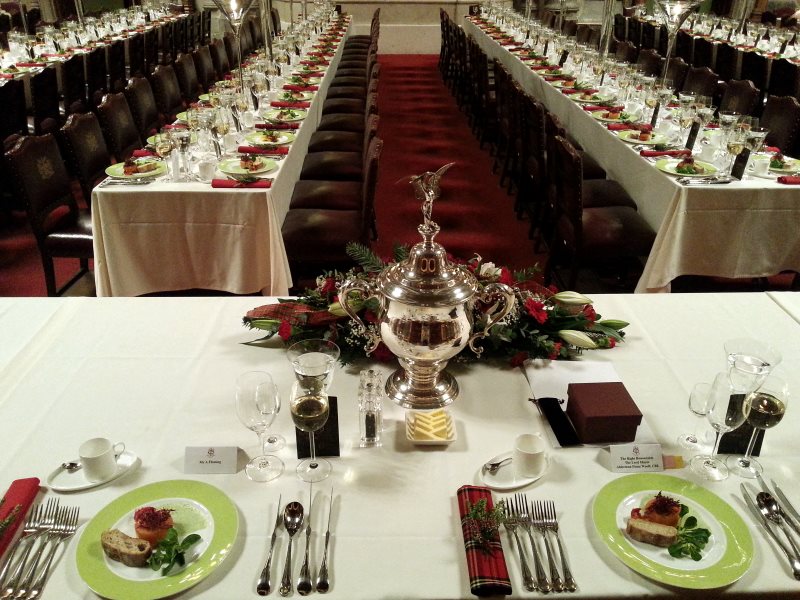
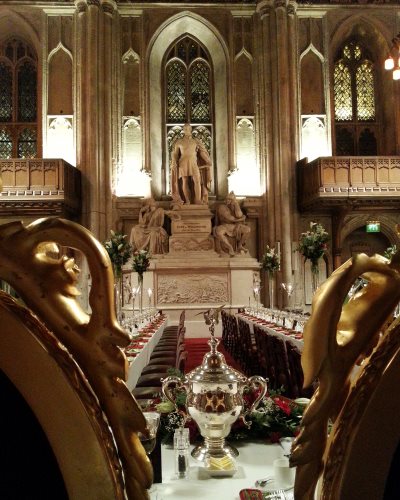
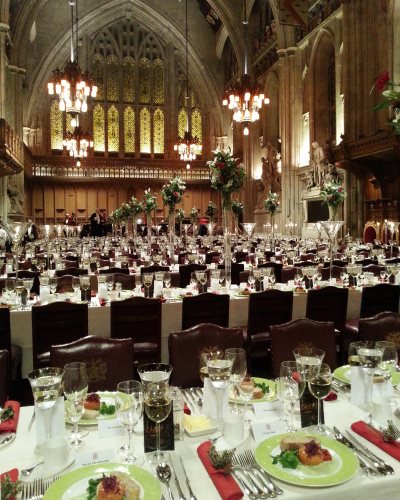
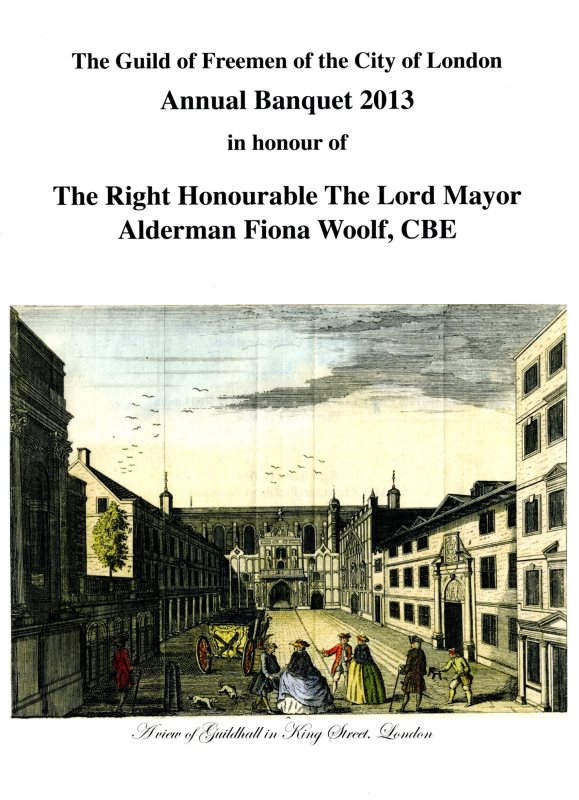
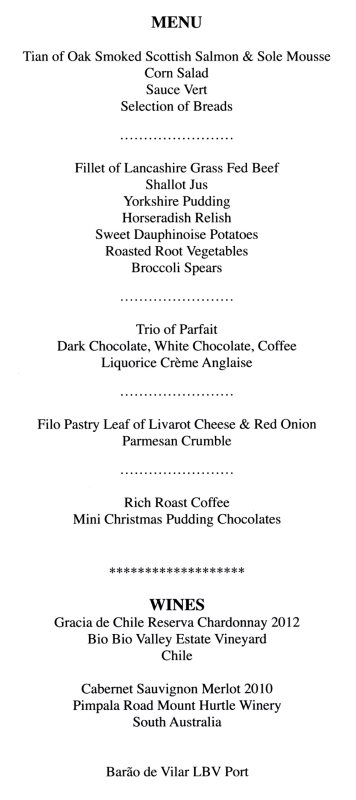

Guildhall
The Great Hall, in which we are privileged to be dining
tonight, is part of Guildhall, the home of the City of London Corporation
since the Middle Ages. It is the largest civic hall in England and is the
only stone built secular building in the City to have survived the Great
Fire of London in 1666 that is still standing today.
Building of the present Guildhall commenced in 1411, some 600 years ago, but
it is thought that an earlier civic hall existed on the site in the 13th
century with vestiges of the earlier structures being incorporated in the
west crypt when the new building was undertaken.
The rebuilding of the Guildhall was an ambitious undertaking which continued
until approximately 1430. It was a demonstration of the wealth and pride of
the City during the fifteenth century. Construction costs were raised
through a variety of taxes with contributions also being made by many of the
livery companies and other private sources. Towards its completion a legacy
from the will of the famous Lord Mayor, Richard ‘Dick’ Whittington, was also
made available to assist with the completion of the windows and paving. As
early as 1419 it was possible for hustings (election campaigning) to be held
inside the new building.
In 1666 the Great Fire swept through the Guildhall complex resulting in the
loss of most of the ancillary buildings. However the structure of the hall
itself, although losing its roof and the majority of the interior, was left
standing. As soon as possible a flat roof was erected over Guildhall to
enable resumption of its use. At the time this roof was meant to be of a
‘temporary’ nature but did in fact last for 200 years, until 1866, when an
extensive restoration was carried out by City of London architect, Sir
Horace Jones, who added a new timber roof in close keeping with the
original.
In 1940 fire bomb raids caused serious damage to Guildhall and again the
ancillary buildings and the roof of the hall were lost, but still the main
walls survived and remained standing. A temporary structure was installed
over the roof and it was under this steel canopy, in 1943, that Winston
Churchill received the Freedom of the City of London. The present oak
panelled roof was installed during restoration works which were completed in
1954 and is the fifth to rest on the medieval walls.
Throughout history the magnificent hall has been the scene of much activity
including many famous trials. These include those of Anne Askew (Protestant
Martyr), Sir Nicholas Throckmorton, Lady Jane Grey, Thomas Cranmer, John
Felton (Catholic Martyr) and Henry Garnett (in connection with the gunpowder
plot).The Great Hall has also been the scene for much feasting and
celebration. By the seventeenth century hospitality in the City and at
Guildhall was already famous. Samuel Pepys is said to have dined here as
did, on many occasions, Charles II. In the late nineteenth and early
twentieth century many magnificent banquets were held in honour of visiting
heads of state, a tradition which still exists today. It is however said
that few can rival the banquet held in 1900 by Queen Victoria to welcome
soldiers returning home from the Boer War.
Among the many prestigious events held in the great hall today is the Lord
Mayor’s Banquet, the first to be hosted by the new Lord Mayor in November
each year. Equally prestigious, in December each year, is tonight’s Annual
Banquet of the Guild of Freemen of the City of London, a tradition which is
the highlight of the Guild’s programme of events.
As you look around the Great Hall you will see a number of splendid
monuments which date back to the eighteenth century. The oldest, erected in
1772, was dedicated to Lord Mayor William Beckford who is represented
addressing a remonstrance to King George Ill, after the king had apparently
rebuffed an address from the City. Both William Pitt the Elder and William
Pitt the Younger have their own monuments depicting the onset of prosperity
achieved by the City during their lifetimes. Other monuments include
tributes to Admiral Viscount Nelson, the Duke of Wellington, Lord Chatham
and, more recently, Sir Winston Churchill. Tonight we dine in good company!
